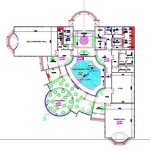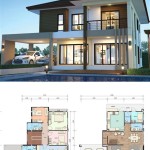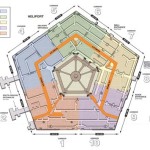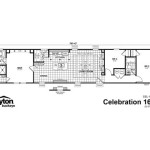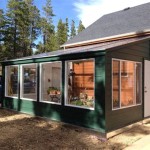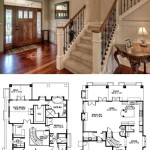Essential Aspects of Passive Solar House Plans
Passive solar house plans are designed to maximize the use of natural sunlight to heat and cool a home. This can be done using a variety of techniques, including proper orientation, window placement, and the use of thermal mass. Here are some of the essential aspects to consider when designing a passive solar house:
Orientation
The orientation of your home is one of the most important factors to consider when designing a passive solar house. The goal is to orient the house so that it receives the most sunlight during the winter months when the sun is low in the sky. In the Northern Hemisphere, this means orienting the house facing south. In the Southern Hemisphere, the house should be oriented facing north.
Window Placement
The placement of windows is also critical in a passive solar house. Windows should be placed on the south side of the house to maximize solar gain. They should also be sized appropriately so that they allow in enough sunlight to heat the house but not so much that they cause the house to overheat in the summer. Overhangs can be used to shade windows in the summer and allow sunlight in during the winter.
Thermal Mass
Thermal mass is a material that can absorb and store heat. This heat can then be released slowly over time, helping to keep the house warm in the winter and cool in the summer. Common thermal mass materials include concrete, brick, and tile. Thermal mass should be placed in areas of the house that receive a lot of sunlight, such as the south-facing walls and floors.
Insulation
Insulation is also important in a passive solar house. Insulation helps to keep the heat in during the winter and the cool in during the summer. Insulation should be installed in all of the walls, ceilings, and floors of the house.
Airtightness
Airtightness is another important factor to consider in a passive solar house. Airtightness refers to how well the house is sealed against air leaks. Air leaks can allow heat to escape in the winter and cool air to escape in the summer. Sealing air leaks can help to improve the energy efficiency of the house and make it more comfortable to live in.
By following these essential aspects, you can design a passive solar house that is energy-efficient, comfortable, and beautiful.

Passivehaus Or Passive House Signature Sustaility

2 Combined Active And Passive Solar House Design Source Own Elaboration Scientific Diagram

Passive Solar House Design Ecoliv

Passive Solar House Plans Version 3 Byexample Com

Passive House Plans Ekobuilt

Passive Solar House Design Bellingen Permaculture

Passive Solar Home In Stoneville Western Coveney Browne Architects

Passive Design Green Home Technology Center

Deltec Homes Renew Collection Ridgeline B 1604sf Passive Solar Layout Vaulted Ceilings High Clerest House Plans Floor Modern

Great Floor Plan For Solar Passive Home In Google Search House Plans Narrow


